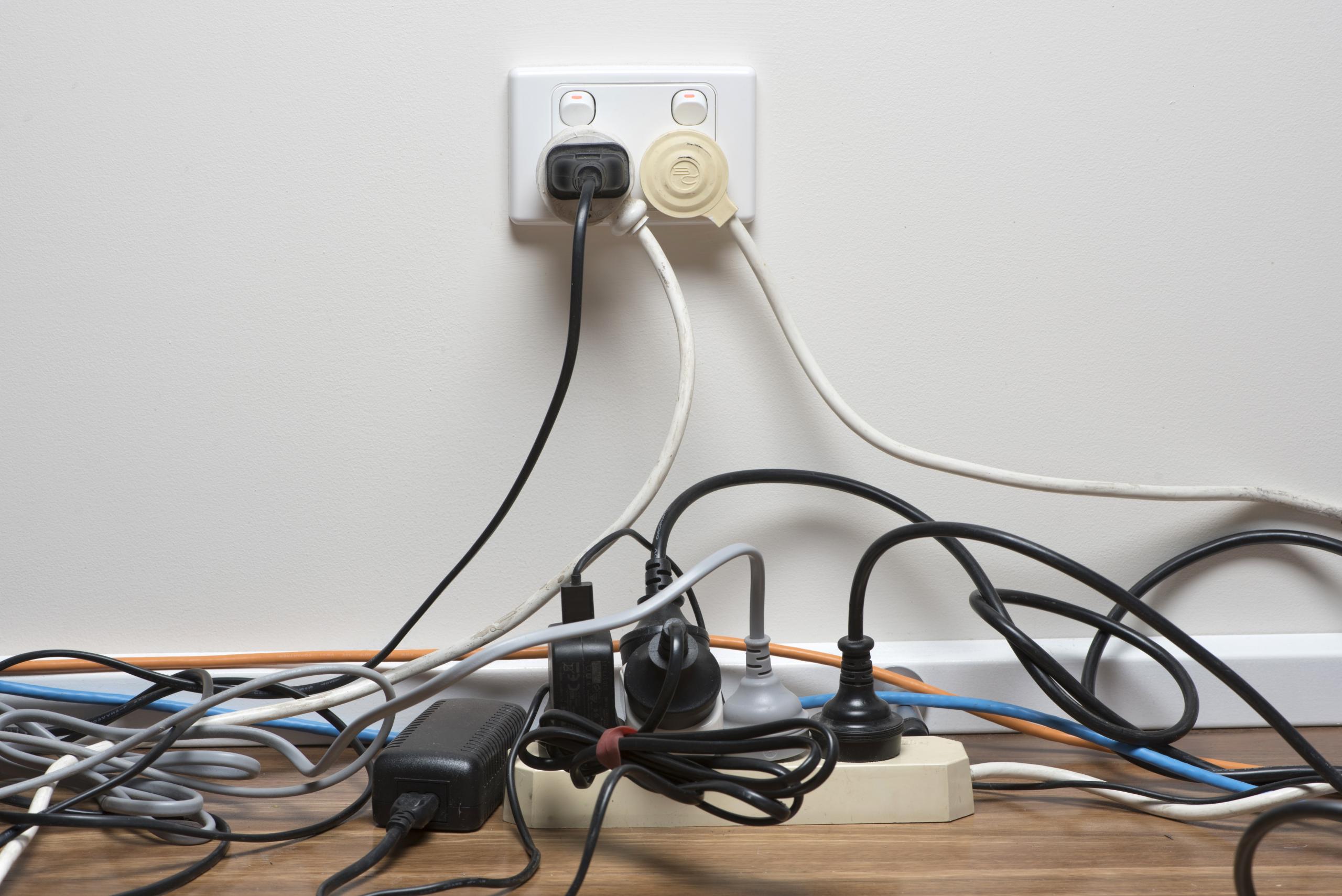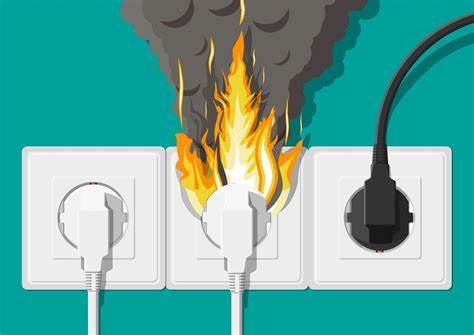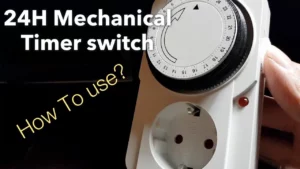Many of us live in houses with electrical hazards, which is very dangerous to our health. It is important that everyone knows how to stay safe when dealing with these dangers at home. In this blog post, we will share your home electrical safety tips that can help you avoid electric shock and save your life.
1. Repair or replace damaged, broken, loose, or faulty power cords
Electrical safety precautions at home refer to what you do to prevent electric shock. This includes all the different things in your house, such as lamps and extension cords. It also includes appliances like clothes dryers, dishwashers, ovens/stoves, and refrigerators.
One of the most common electrical hazards in the home is wire damage. Be especially careful when using extension cords, as they can easily stick to furniture or be walked by, causing short circuits and electric shocks. If you encounter a damaged wire that may cause electrical hazards, please replace it immediately!
2. Electrical equipment should be kept away from water sources to avoid potential electric shock hazards
Electrical safety at home can be achieved in many ways, but it is important to remember that safety does not start with or end with electrical equipment-you also need to be careful not to let water close to any sockets or power cords. Things on.
Some common household items are easily exposed to water, including irons, blenders, vacuum cleaners, dishwashers, washing machines, coffee makers (especially those without drip trays) and microwave ovens. These have potential risks, and when they are used, they are exposed to any amount of moisture.
But what about outlets? It seems that they can never come into contact with water. However, if your home has undergone some renovation work after installing electrical installations, water may drip or flood the walls.
3. Avoid overloading outlets
You might think that if you are not too close to other devices, you can plug multiple devices into one socket at a time. However, this is actually dangerous to your home’s electrical system.
Overloading of the power supply can cause certain appliances (such as refrigerators) to shut down prematurely or stop working altogether due to overheating related problems. Alion circuit breakers are available that prevent electrical overload for your home’s safety.
4. Unplug electrical appliances when not in use to avoid overheating
When it comes to electrical safety, one of the most important steps is to unplug the unused electrical appliances.
Unplugging an electrical appliance can help prevent overloading and overheating of the socket, which can cause a fire and even destroy the electrical system of the entire home.
5. Use proper wattage for lamps and lighting devices
The following are guidelines to keep in mind when choosing the appropriate wattage of lamps and lighting fixtures:
- The lighting should be kept at 60 watts or lower, preferably 40 watts. Do not place more than one bulb per lamp unless there are two switches that can be turned on separately.
- Do not mix old-fashioned incandescent lamps with new energy-saving bulbs, because they use different power levels, which may cause flickering and even fire hazards.
- If children are afraid to sleep without lights, use night lights instead of desk lamps. Night lights can also provide sufficient lighting, so adults will not feel as if everything needs to be lit at night.
LED lights are another choice for lighting the room. LED lights are modern and energy-saving, but they also have the added benefit of reducing eye fatigue because their light is more comfortable for long-term observation compared to other types of light bulbs.
6. Always follow the electrical instructions to improve electrical safety
In each appliance manual, there is information on the correct use of the device. When you assemble a new toy for your child or grandson, be sure to read the instructions and follow the instructions step by step to avoid potential dangers.
One of the most common electrical hazards is wear or damage to extension cords. Extension cords should not run under carpets, and they are generally not intended to carry heavy objects longer than a few feet. If the extension cord you use has obvious wear, be sure to place the furniture underneath so that it does not touch the floor.
Another potential electrical hazard that may put you at risk of injury or death is overloaded electrical outlets. Because it only takes a few minutes of running time for the fuses to blow, we recommend replacing the old fuses with new ones before they blow completely and cause more expensive repairs.
7. Provide proper air circulation space for electrical appliances to avoid overheating
To avoid overheating, make sure that your appliances have enough breathing space.
This will help them calm down and maintain efficiency for a long time. Follow the manufacturer’s instructions on where each appliance should be placed to get the best results.
8. Conclusion
It is important to be aware of the electrical hazards in the home and the electrical safety around the home and take simple, direct steps to avoid them.
In order to avoid electrical hazards, please make sure not to overload the power socket or allow electrical appliances to touch the floor. Follow your appliance manufacturer’s instructions to keep it cool and functional for years.
You should always use only the best quality products to ensure safe use and not damage the equipment. We hope this article can help you avoid electrical hazards at home and keep your electrical appliances in one place for a long time!











